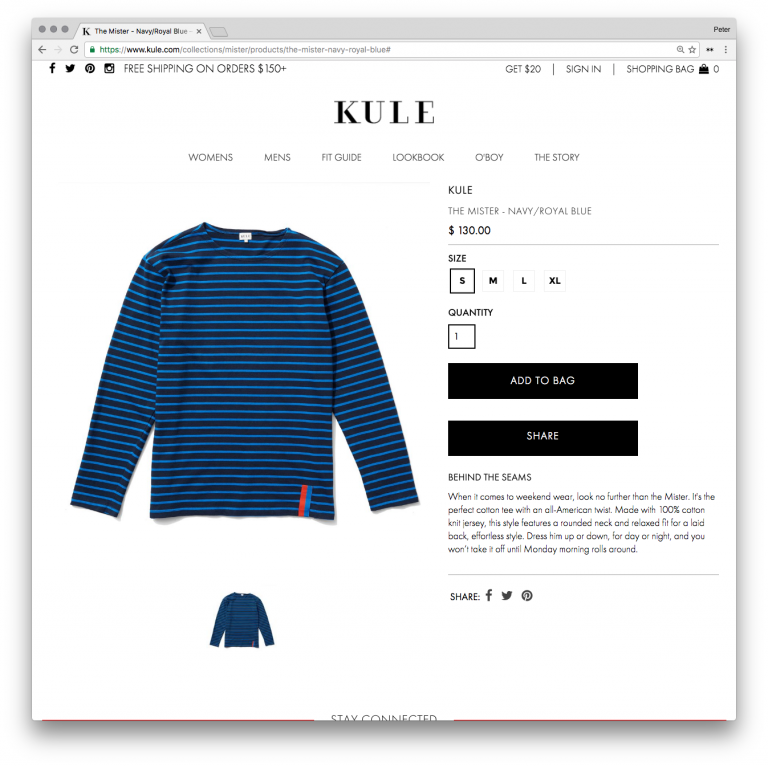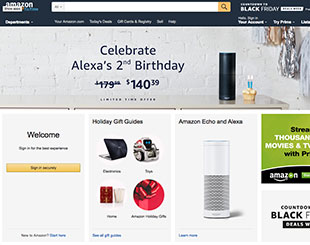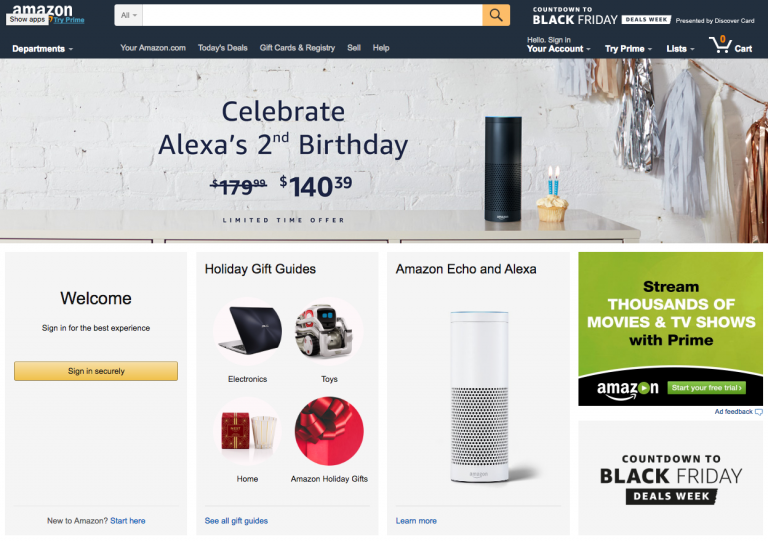There’s a lot of innovation happening in machine learning and artificial intelligence. In retail and eCommerce, machine learning created a new frontier in product recommendations. And recommendations and product discovery continue to rely on copious data and advanced algorithms to help connect customers with products they love.
Data is fuel, and the more you can provide the smarter your recommendations become. Amazon mastered product recommendations because they had and used a massive amount of customer data before most people realized it was even possible.
Amazon knows something else too. They know the power of human recommendations.
What’s a human recommendation? It’s not “People also Bought” or “You Might Also Like.” It’s an email from a friend saying “check this out!” or a friend’s advice at a cocktail party about where to get something you need. Wait, that sounds a lot like word-of-mouth. Word-of-mouth that you initiate, measure, optimize is advocacy marketing. And the foundation of advocacy marketing is a recommendation or referral from a friend. This is human intelligence at scale.
Human recommendations work because prospective customers learn about your product naturally by sharing with or learning from their social circles. When a ton of referrals happen simultaneously, that has a huge impact—especially when you consider that referred customers boast higher AOVs (Average Order Values) and LTVs (Lifetime Values), and are 18% less likely to churn.
Here’s how you can use referrals to improve your product discovery, and eventually make your automated recommendations more “personal.”
Referred customers boast higher AOVs and LTVs, and are 18% less likely to churn.
Referrals Accelerate Your Product Discovery
Machine learning was modeled after how people think. But humans don’t need data to enable your site’s discovery or produce relevant search results.
Machine learning-based recommendations only offer suggestions of your product, but that’s no “click” guarantee. On the other hand, referral codes are sent straight to the new customer’s inbox, which makes it easier for them to reach your site. Referral emails will have open rates and clickthrough rates higher than any marketing or transactional email a brand sends.
And, traffic from personal recommendations and referrals will be your highest converting channel. If your loved one had a great experience with a brand, chances are that you’ll be more compelled to take a chance on it. After all, people trust their friends and family above all else.
Selling “The Perfect Striped Shirt”
Kule, a clothing company aiming to sell “the perfect striped shirt,” relies on their customer base to spread word-of-mouth loyalty.
Kule’s product pages don’t include a cookie-cutter “recommended items” or “customers also bought” template. Instead, they use a large “share” call-to-action to get customers to refer their friends instead. They also use a $20 double-sided incentive to get new and returning customers to refer.

Putting human intelligence at scale is vital for a small company like Kule. They have a loyal base of customers, so instead of wasting resources on reaching out to strangers, they use their most enthusiastic, returning customers to build their business from the inside out. Referrals are most powerful en masse and over time—so as new Kule customers refer their friends, who then bring in their friends, Kule becomes the center of an ever-expanding referral circle.
Referrals let companies acquire new customers who will yield higher returns at a lower CAC (Customer Acquisition Cost). And gaining so many new, reliable customers means you have more data to help you determine what makes your customers tick—and eventually, how you can apply that to prospective customers outside of your referral circle.
Keep Business “Human-Centric”
Retailers know that big data is important, and that it has the potential to maximize their margins—even by up to 60%. But they often don’t know where to start, especially if they don’t have a ton of customer data to begin with.
Using referrals is a great way to acquire your best new customers. Down the line, you can learn from them, and start targeting your business to reach similar prospective customers. By combining the power of human intelligence and recommendations based on referred customer data, you can find the best new customers that will turn your business into a powerhouse.





